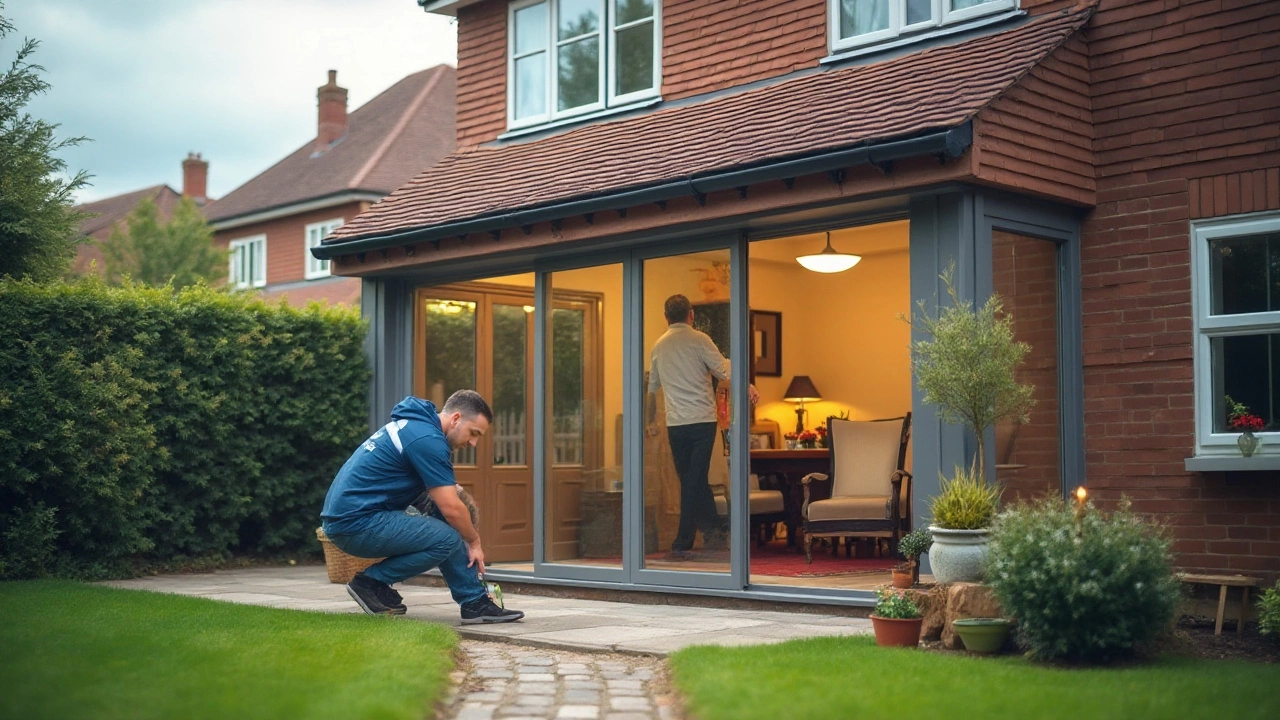Inside Foundation Fix – Easy Steps to Repair Your Home’s Foundation
Noticing cracks in walls or uneven floors? Chances are the foundation underneath needs attention. Fixing it from the inside can be cheaper and less messy than digging around your garden. In this guide we walk through why inside repairs work, what you need, and how to do it yourself or know when to call a pro.
Why Choose an Inside Foundation Fix?
When the problem is a small crack or a minor settlement, you don’t always have to expose the whole base. An inside fix lets you work from your basement or crawl space, keeping the landscape intact. It’s also quicker – you can seal a crack and add support in a single day. Plus, you can see the damage directly, so you know exactly what you’re fixing.
Inside repairs are especially good for:
- Horizontal cracks that threaten wall stability.
- Small voids that let water collect under the slab.
- Areas where the soil has shifted but the exterior looks fine.
These situations often respond well to epoxy injection, steel wall anchors, or carbon‑fiber straps – all applied from the inside.
Step‑by‑Step Inside Foundation Repair
1. Assess the damage. Look for cracks wider than a quarter inch, bulging walls, or moisture stains. Take photos and note where each issue appears.
2. Clean the area. Remove drywall or insulation around the crack. Use a wire brush to clear dust and loose material. A clean surface helps adhesives bond properly.
3. Choose the right fix. For hair‑line cracks, epoxy injection works best. For larger gaps, a hydraulic cement mix can fill voids and stop water. If the wall is bowing, install steel wall anchors or carbon‑fiber straps across the interior surface.
4. Prepare the product. Follow the manufacturer’s instructions – usually you mix epoxy or cement in a bucket, then load it into a caulking gun or pump.
5. Apply the repair. Inject epoxy into the crack slowly, letting it fill from the bottom up. For hydraulic cement, push the mix into the void with a trowel or putty knife. For anchors, drill holes, insert the steel rods, and tighten the bolts according to the guide.
6. Let it cure. Most epoxy needs 24‑48 hours to reach full strength. Keep the area dry and avoid heavy loads during this time.
7. Finish the interior. Once cured, patch any removed drywall, reinstall insulation, and repaint if needed. This restores the look of the room and protects the repair.
If you spot more than a few cracks or the walls keep moving, it’s a sign of a bigger problem. In that case, call a foundation specialist. They can run a soil test, recommend underpinning, or suggest a full slab lifting.
Remember, the key to a lasting fix is catching issues early. Regularly check your basement for new cracks, moisture, or strange noises. A quick inside repair now can save you thousands in future work.
Got a specific crack you’re not sure how to handle? Grab a friend, a good flashlight, and the right materials, then follow these steps. Your home will stay solid, and you’ll feel confident you fixed it yourself.

Foundation Crack Repairs: Inside vs. Outside Solutions
Dec 10, 2024, Posted by Damon Blackwood
When it comes to repairing foundation cracks, choosing between an inside and an outside fix can be puzzling. Both methods have their own advantages and challenges. The decision often depends on factors like the severity of the crack, accessibility, and the local climate. Understanding each approach can help homeowners make informed choices, ensuring the longevity and stability of their homes.
MORESEARCH HERE
Categories
TAGS
- foundation repair
- commercial construction
- construction
- new builds
- home improvement
- home renovation
- bathroom renovation
- residential construction
- construction materials
- home foundation
- renovation tips
- building types
- contractor
- foundation cracks
- home construction
- architectural services
- building codes
- construction differences
- home inspection
- kitchen installation